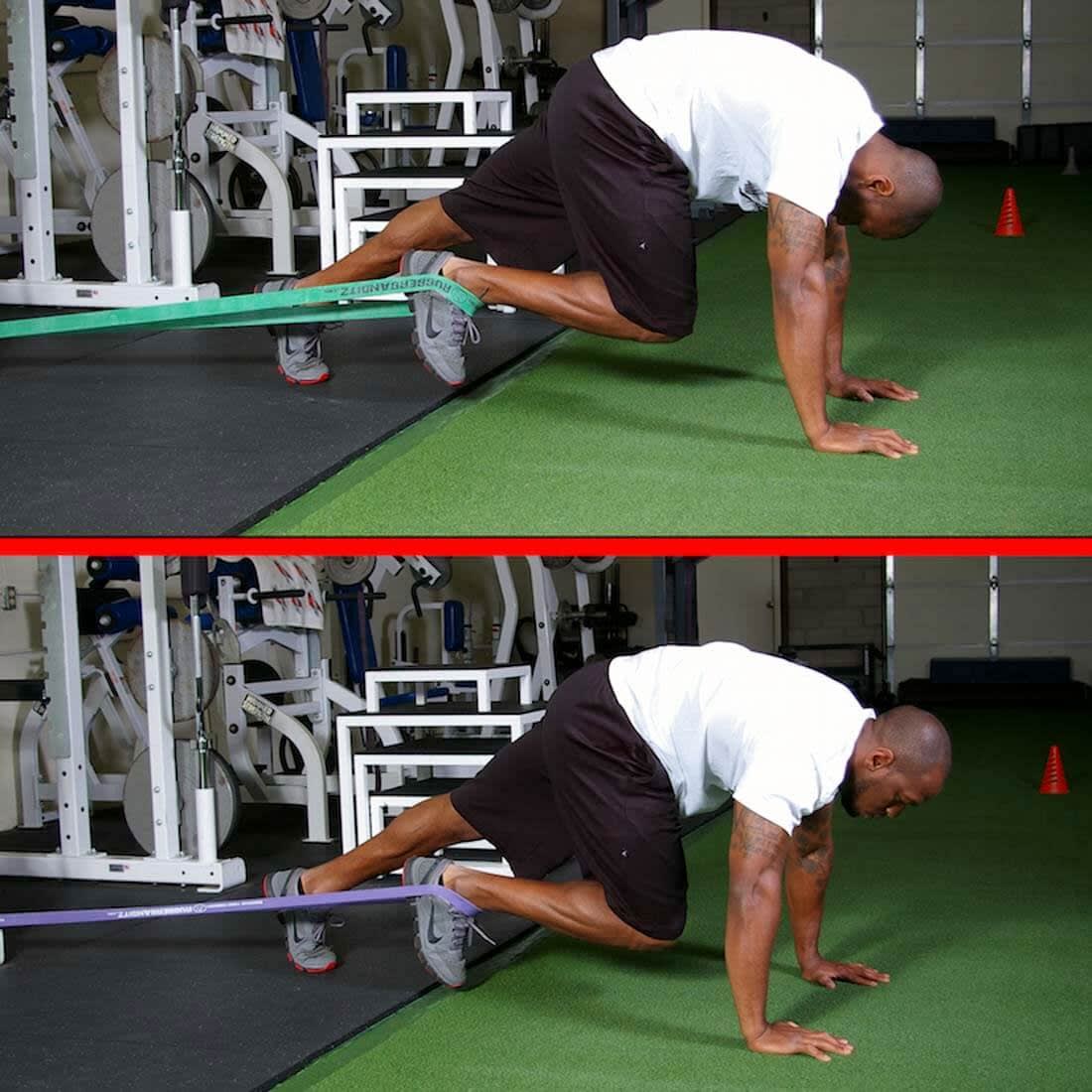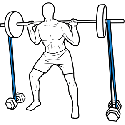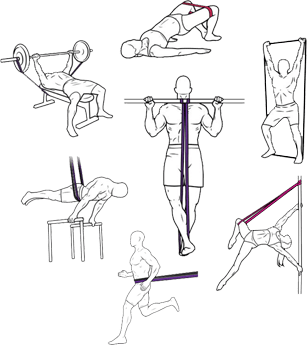
If you talk to most runners, they will all but enthusiastically admit that their preferred way to spend their time exercising is by running. Runners understandably have this notion that in order to become the best version of themselves as a runner -- to become the fastest, fittest, strongest, most efficient, and most durable -- it behooves them to run as much as they possibly can week after week and month after month.
To a degree, this way of thinking makes sense. To run fast and to be able to cover long distances, of course, it’d behoove runners to run. You won’t become a better runner by ice skating, right? However, falling into this line of thinking -- those runners must only run -- runners unnecessarily dig themselves into a hole and actually, more often than not, end up hurting themselves.
The thing with running is that yes, in order to do it well, of course, runners have to run. However, there eventually becomes a time when runners have to weigh the pros and cons of running exclusively. Runners who are “just runners” -- meaning that they don’t do anything but run -- often have to deal with the consequences of running-related overuse injuries.
One effective way of dealing with running-related overuse injuries is by balancing mileage with ancillary exercises, such as strength training with resistance bands. Runners tend to (mistakenly) think that if they lift weights, they’ll “bulk up” and put on bodybuilder-like physiques. Because of this, many runners are reluctant to lift weights regularly, if at all.
Below, I’ll describe in more detail the importance of ancillary training -- stuff that’s not running -- for runners. The benefits include the following:
Ancillary training helps to rectify muscle imbalances. With running lots and lots of miles, it’s common for runners to become really strong in some muscles, such as their quads, and really weak or tight in others, such as their iliotibial bands or hips. Ancillary training, such as using resistance bands, can help to correct for these imbalances. Targeting other muscles can help to strengthen them and can eventually help to enhance a runner’s strength and power and in time, may even help to lessen a runner’s injury risk.
Ancillary training helps to increase flexibility and range of motion. Runners are notorious for having super tight and inflexible muscles. It’s not that runners should become as flexible and bendy as gymnasts; however, most runners would stand to benefit from increased flexibility if for no other reason than they’d have a greater range of motion by doing so. Using resistance bands in range-of-motion exercises can do just that. Sometimes chronically tight muscles are symptoms of bigger, more nefarious injuries that are lurking just under the hood, and rectifying that before it becomes problematic is in runners’ best interests.
Ancillary training helps to give runners a more whole-body training regime. If given the option to run for 50 minutes or run for 40 minutes and then strength train/ancillary train for 10 minutes, I’d safely wager that 9 out of 10 runners would opt for the former. The fact of the matter is that runners absolutely need to be doing all the little ancillary exercises to make themselves less injury-prone. This is true for all runners, but it’s especially true for runners who are just coming back to the sport after time away due to injury, pregnancy, and many other life- or body-altering reasons. There’s no question that running makes runners very strong individuals; however, it doesn’t make runners strong everywhere, simply because -- like any other sport -- it favors some muscle groups more than others. Ancillary training with resistance bands can help to fill in the gaps and create a more complete training profile and routine for runners.
Ancillary training helps to break-down running into its most elemental components. While we were all born knowing how to run -- evidenced by the fact that most of us took off running as small children, right after we figured out how to walk -- very few of us have thought about running at its most elemental level. Running is actually a highly complex series of steps, and it’s in these baby steps that runners can spend a lot of time analyzing ways that they can become stronger. Some runners will video their own running to see how their gait shifts, or which muscles they’re favoring, and the like, and once they’re equipped with this knowledge, they can target their strength and ancillary work appropriately.
Ancillary training helps to provide balance for runners. A final reason that helps to underpin the importance of ancillary training to runners is that it helps to provide balance to runners’ regimes. Sometimes, ancillary training is boring and repetitive -- just like running oftentimes is. However, taking the time to do “the little stuff,” like ancillary training with resistance bands, so the “big stuff,” like a fast race time, can fall into place, is very important. Sometimes, stepping away from the miles momentarily helps give runners a broader and deeper perspective for the totality of the work they must put in in order to reach their goals. It’s in this time away that runners can glean a better sense of balance in their sport.
Doing the small stuff like ancillary training with resistance bands isn’t necessarily fun or sexy for runners who are used to logging tons and tons of miles, but it’s a task that becomes increasingly important for runners, particularly as they age or when they return to the sport after taking some time away. Taken together with a challenging mileage volume, regular and consistent ancillary training with resistance bands can coalesce to create runners who are both strong in miles and in bodily fortitude, inured to the most common running-related overuse injuries.
AUTHOR’S BIO: JANE GRATES
A professional hiker and triathlete. Acting at the fulcrum of aesthetics and purpose to craft delightful brand experiences.




